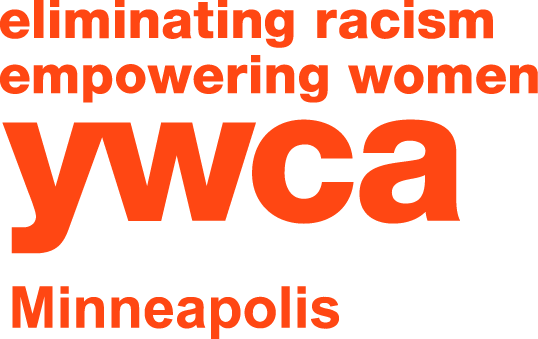Five Ways to Embrace Inclusion in Your Organization
Lately, my social media feeds have been full of posts about intention. Whether it's about goals, choosing a word or creating resolutions, the first quarter of the year often becomes a season of refocusing ourselves and strengthening commitments.
Usually by March, resolutions solidify. Did that new habit take hold? Have I gone back to my old ways? I often see organizations treat their diversity, equity and inclusion goals like they do their new year's resolutions — they want a 90-day plan or a quick fix. However, we know that lasting change takes a slow and steady approach and does not happen overnight.
So how do we start that slow and steady journey toward making our organizations places where diversity, equity and inclusion thrive? This month, we look at five ways to #EmbraceInclusion in your organization and set it up for longer, lasting change beyond tokenization.
1. Make inclusion a long-term goal
Make inclusion a long-term goal by setting it as a financial priority. Often, I see organizations tie their diversity and inclusion goals to grants, projects or “extra” dollars within a budget. While the intention is there, efforts to be inclusive are a longer and deeper process in an organization than simply hiring a few new members or forming a committee. Like any other item in business, including it in an ongoing budget shows commitment to inclusion, communicating to employees that diversity work is not a phase or a “quick fix.”
2. Evaluate your organizational climate
What does it take to hire and retain diverse employees? Many organizations tell me about how they want to care for their staff. By offering benefits, flexible work schedules or other amenities, organizations work to create a welcoming environment. However, organizations get stuck when this is not enough to retain their underrepresented staff members. The same way you might evaluate a staff member in a 360, evaluate your organizational climate. What policies or procedures may need modification? What facilities may need to be made accessible? What position descriptions may need to be re-evaluated?
3. Define inclusion clearly
Communicate a commitment to inclusion clearly. Ironically, I see leaders set visions of inclusion as if they are a “one size fits all’ for an organization. Words like “diversity” or “equity” have amorphous meanings that are defined by who hears them. To one person, equity may mean equal pay; to another, it may mean accessible bathrooms. If members in an organization do not understand how their role or department fits into the overall vision of diversity and inclusion, it will fall short.
4. Understand inclusion is an investment
A clear vision of inclusion enables employees to see themselves within an organization. Though the work may seem slow in the beginning, the longer-term impact can help with retention, productivity and creativity. Investing in inclusion helps staff take ownership and builds leadership within an organization. The same way one invests in health benefits, vacation and sick leave for staff, investing in inclusion is a way to care for the mental and emotional health of staff.
5. Empower Teams and Individuals
Connecting back to number three on our list, by empowering individuals and teams to share in setting the vision of inclusivity it helps create buy-in, trust and ownership throughout the organization. It also ensures that the goals and steps you take toward that long-term vision are realistic for each department and their roles within the organization.
Need help articulating your vision to #EmbraceInclusion? YWCA Minneapolis offers training and development, strategic planning and assessments to help organizations become more inclusive and join our mission of eliminating racism and empowering women. You can contact us to learn more.
LEARN MORE ABOUT INC.LUDETM EQUITY & INCLUSION CONSULTINGLEARN MORE ABOUT YWCA RACIAL JUSTICE PROGRAMS
